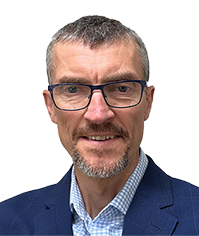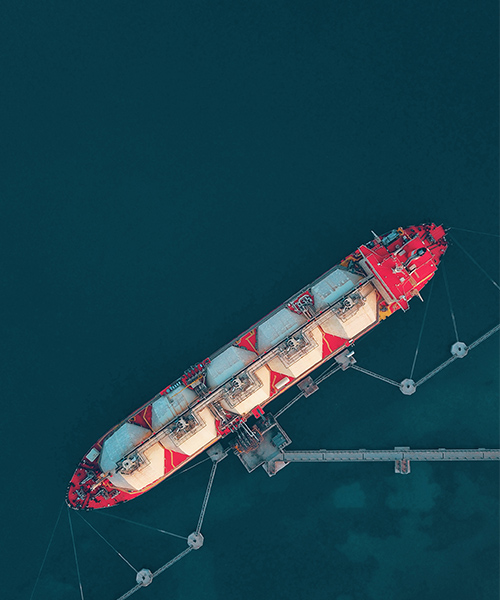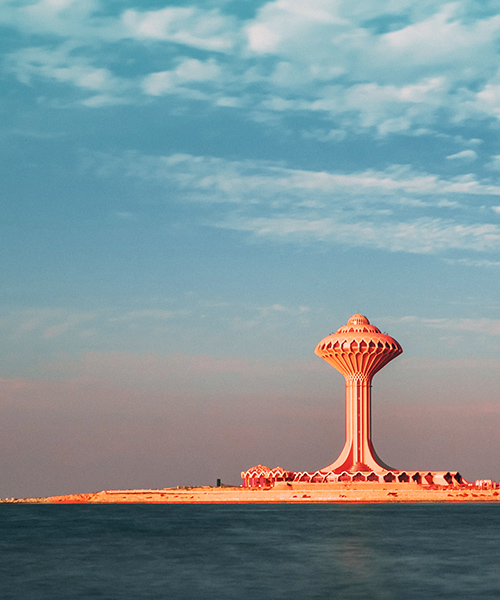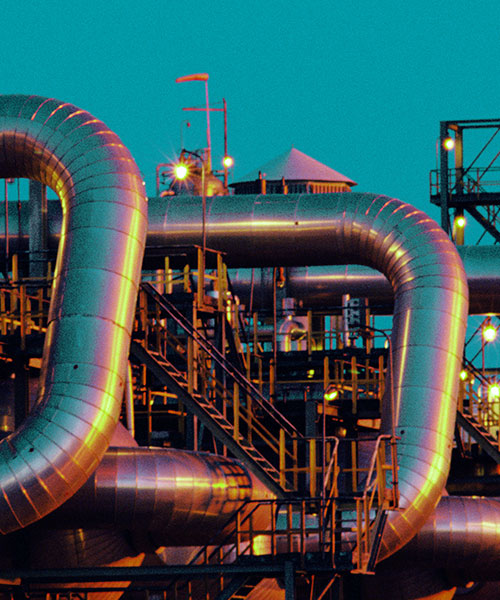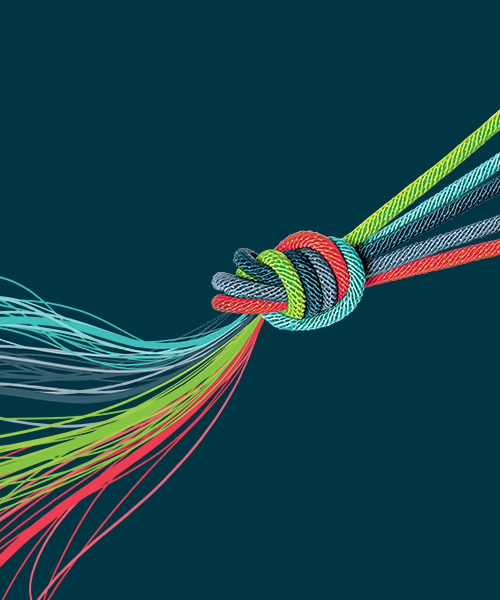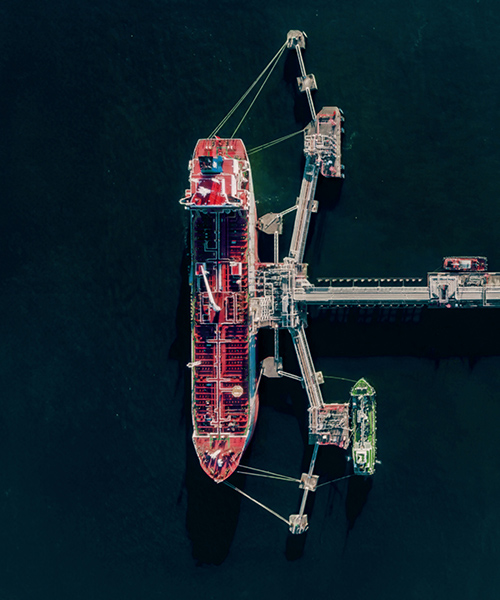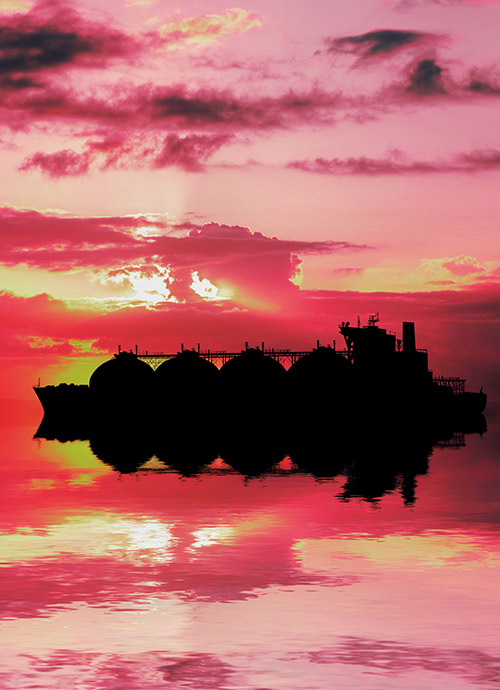Increasing Saudi Arabia’s influence in global gas
Helping to make informed decisions in a complex and ever‑changing market
Saudi Arabia has an opportunity to leverage its rich gas resources and hydrocarbon experience to enhance its global influence in gas and LNG production.
This expansion can assist the Kingdom's economic diversification in line with Vision 2030 and beyond, and advance decarbonization efforts both domestically and worldwide. However, producers need to take the right steps during the planning stages to ensure their projects are viable now and in the future.
We partner with our customers to turn concepts into investments. Providing the local support and global expertise necessary to navigate the financial, regulatory and sustainability requirements on the path to final investment decision for new gas infrastructure and LNG projects.
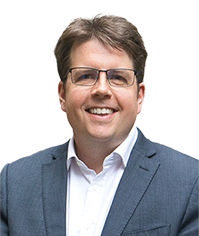
Our expertise in action
We’ve agreed substantive terms for a reimbursable engineering, procurement and construction (EPC) contract for Venture Global’s Calcasieu Pass Phase 2 LNG export facility in the US.
Construction will be in two phases with the initial phase delivering 10 MTPA before expanding further to a total LNG export capacity of 20 MTPA. With a particular focus on speed to market. The plant uses a highly modularized approach to enhance construction efficiency and safety.
We’re providing full EPC execution, including engineering, procurement, direct-hire construction, management of subcontracted services, commissioning and start up for Phase 1 of the terminal.
We’re providing FEED services for QatarEnergy LNG’s CO2 sequestration project in Ras Laffan, Qatar. The project aims to further reduce QatarEnergy LNG’s environmental impact across the LNG value chain by reducing CO2 emissions from its seven LNG trains at QG North, and three LNG trains at QG South.
Our team will develop the FEED study and engineering, procurement and construction (EPC) scope of work. The project will be carried out by our teams in Qatar and Australia.
The project team will aim to prove the pre-FEED concept by modelling the CO2 capture process. This high-level technical approach aims to further instill confidence to expand the CO2 sequestration technology in the future to include the remaining trains at QatarEnergy LNG South and North.
Prior to 2022, Germany got over half of its natural gas from Russia. But Russia's invasion of Ukraine in February 2022 forced Germany to quickly find new sources of natural gas and build the necessary infrastructure to access these supplies. And this needed to be done fast enough to ensure enough gas for heating and power during the winter when demand is highest.
The German government acted quickly, chartering five Floating Storage Regasification Units (FSRUs) to access alternative gas supplies. We delivered engineering, procurement, and construction and commissioning to one of the five new FSRUs. As part of this our project team successfully:
- delivered first gas from the FSRU into the grid system in less than nine months
- placed the first purchase order in month two, then started fabrication in month three
- met our deadline to have the FSRU commissioned, and in operation, in time to deliver natural gas into the grid for the second half of the winter season.
The project can now produce around 3.5 billion cubic meters of gas per year with plans to increase the capacity to 10 billion cubic meters in coming phases.
We delivered – in a joint venture – the FEED and subsequent Detailed Engineering, Procurement and Construction Management (EPCM) for a large scale LNG facility in Western Australia.
The project involved construction of a greenfield LNG liquefaction plant with capacity of 4.9 MTPA LNG using C3MR technology. The initial project was a single liquefaction train. The project features modular construction with 264 modules totalling 54,000 tons in weight. This was one of the world’s fastest LNG projects – going from gas discovery in 2005 to production in 2012.
We’ve been selected as the development partner by Argent LNG for the phased development of liquefaction trains at its greenfield site in Port Fourchon, Louisiana.
Our initial scope of work will focus on developing the site layouts and selecting the most appropriate technology to deliver the optimal outcome for capital cost, operating efficiency and carbon intensity. We’ll also initiate the Federal Energy Regulatory Commission (FERC) process with Argent and swiftly move into the pre-FEED phase where greater definition of the development will be achieved.
The Ksi Lisims LNG project – in joint development with the Nisga’a Nation, Rockies LNG, and Western LNG – aims to produce up to 12 million metric tons of LNG per year for export to overseas markets. To do so, the project will use a floating LNG design that improves project economics, minimizes land impacts, and reduces construction related risk.
We’re supporting our customer in the development of the project. Our work includes concept development, onshore pre-FEED and FEED, and overall project owner’s engineer.
The project is being developed in a remote greenfield location at Wil Milit in northern British Columbia, with sensitive environmental and cultural significance. As part of this, there’s also commitment to meet new environmental performance standards, minimal land and shoreline disturbance, and to have one of the lowest carbon intensities of any large scale LNG project in the world.
We delivered the safe start-up of Chevron Australia’s Gorgon CO2 injection facility located in Barrow Island, Western Australia. The Gorgon field contains on average 14 percent naturally occurring CO2, which must be separated from the natural gas stream prior to liquification. The current industry standard is to vent the CO2 from the acid gas removal unit into the atmosphere.
Each year, around 4 million tonnes of reservoir CO2 will be injected into the Dupuy Formation beneath Barrow Island. The Gorgon CO2 facilities are expected to inject 100 million tonnes of CO2 over the life of the Gorgon Project – reducing greenhouse gas emissions from the Gorgon LNG facility by approximately 40 percent.
We completed the concept screening and selection covering subsea, floating, fixed structures, onshore and brownfield for an LNG project as part of one of the deepest subsea developments in Africa to expand production from the initial phase development up to a future 10 MTPA LNG export.
The task included two stages. The first stage involved techno-economic, fast-paced screening of all possible variations of greenfield and brownfield developments, including onshore, FLNG and gravity based LNG export facilities. This included a class 4 estimate, partner interface and management to help narrow the scope to a preferred option of LNG on a gravity-based structure (GBS).
Phased two involved conducting framing workshops and providing Tier 1 decision and technical definitions for a CAPEX feasibility study for brownfield, subsea, LNG on GBS, and expanded hub infrastructure. We also provided decision paper support, helped complete customer documentation, and assisted on execution planning and scope development for the next phase of the project.
Ready to drive your next project forward?
Saudi Arabia puts a lot of emphasis on the value its people bring to the economy. So, it’s important that we maximize our in‑kingdom personnel to support our growing team. Right now, over 45 percent of our people in Saudi Arabia are nationals. Including me.
Meet our people
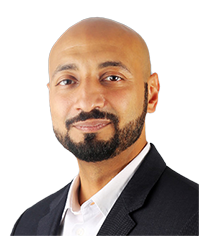
Mohammed Alwazzan
SVP and Location Director, Saudi Arabia, Egypt and Bahrain
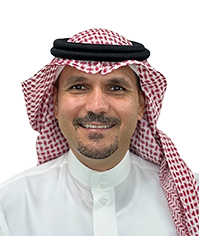
Mubarak Alkhater
Vice President, Growth and Business Development, Saudi Arabia and Bahrain
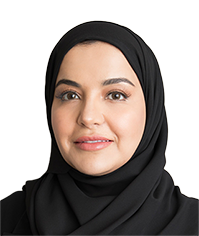
Dr Manal Alassaf
Executive Director of Digital Delivery in Saudi Arabia, Bahrain, and Egypt

Ashley Coaker
Vice President, Energy & Chemicals, Worley Consulting
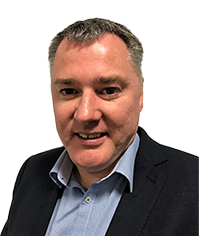
Chris Barbary
Senior Vice President, Business Development
